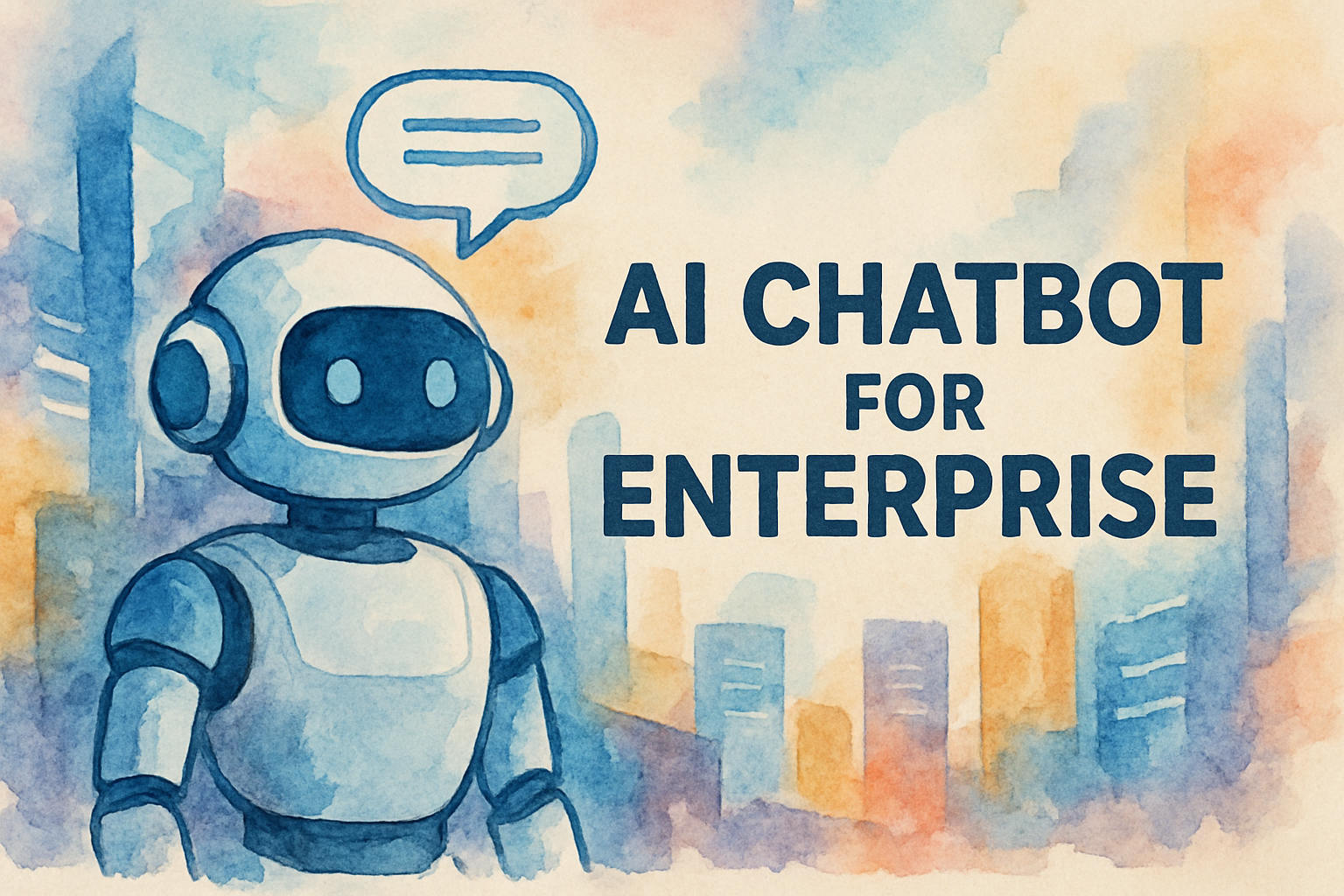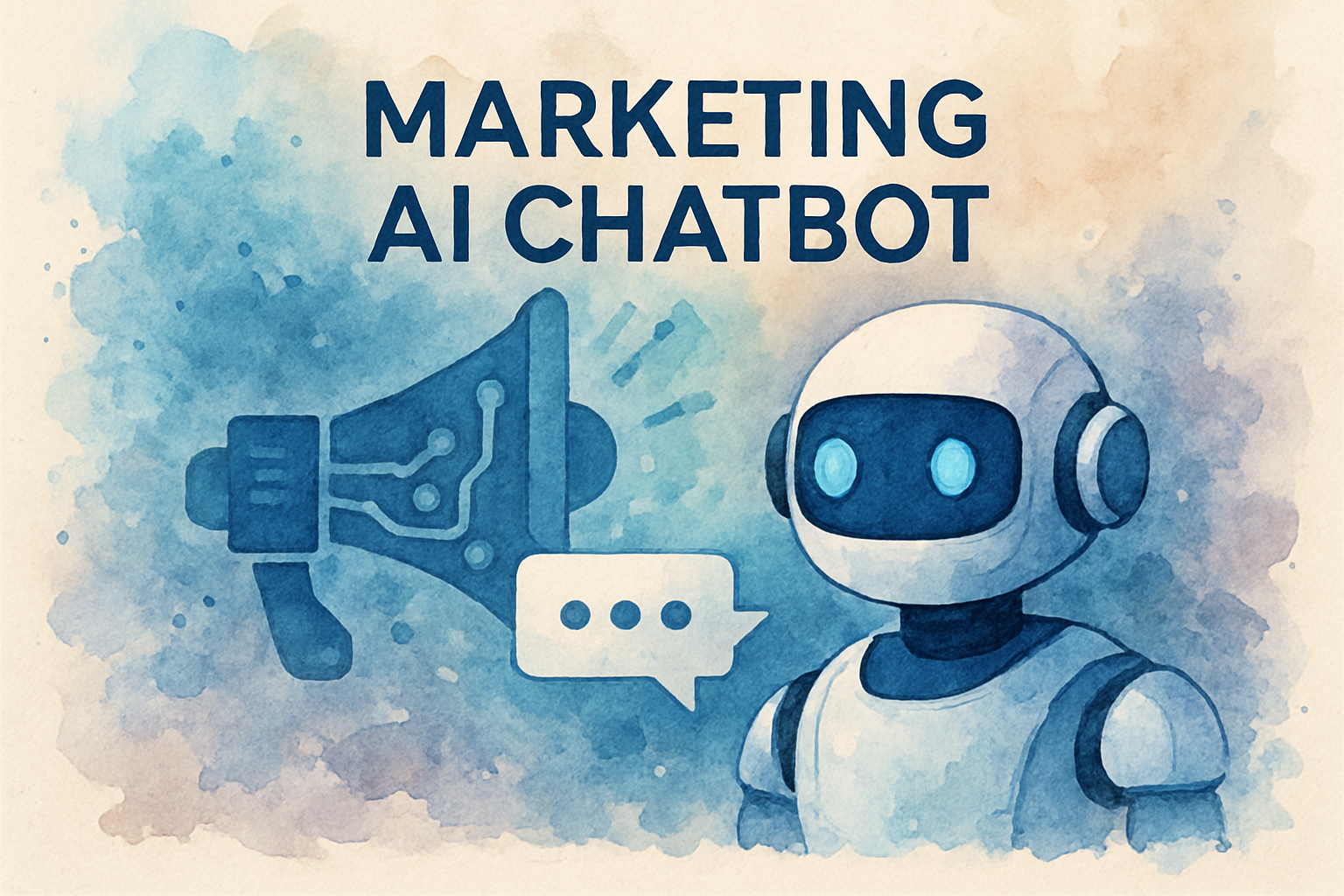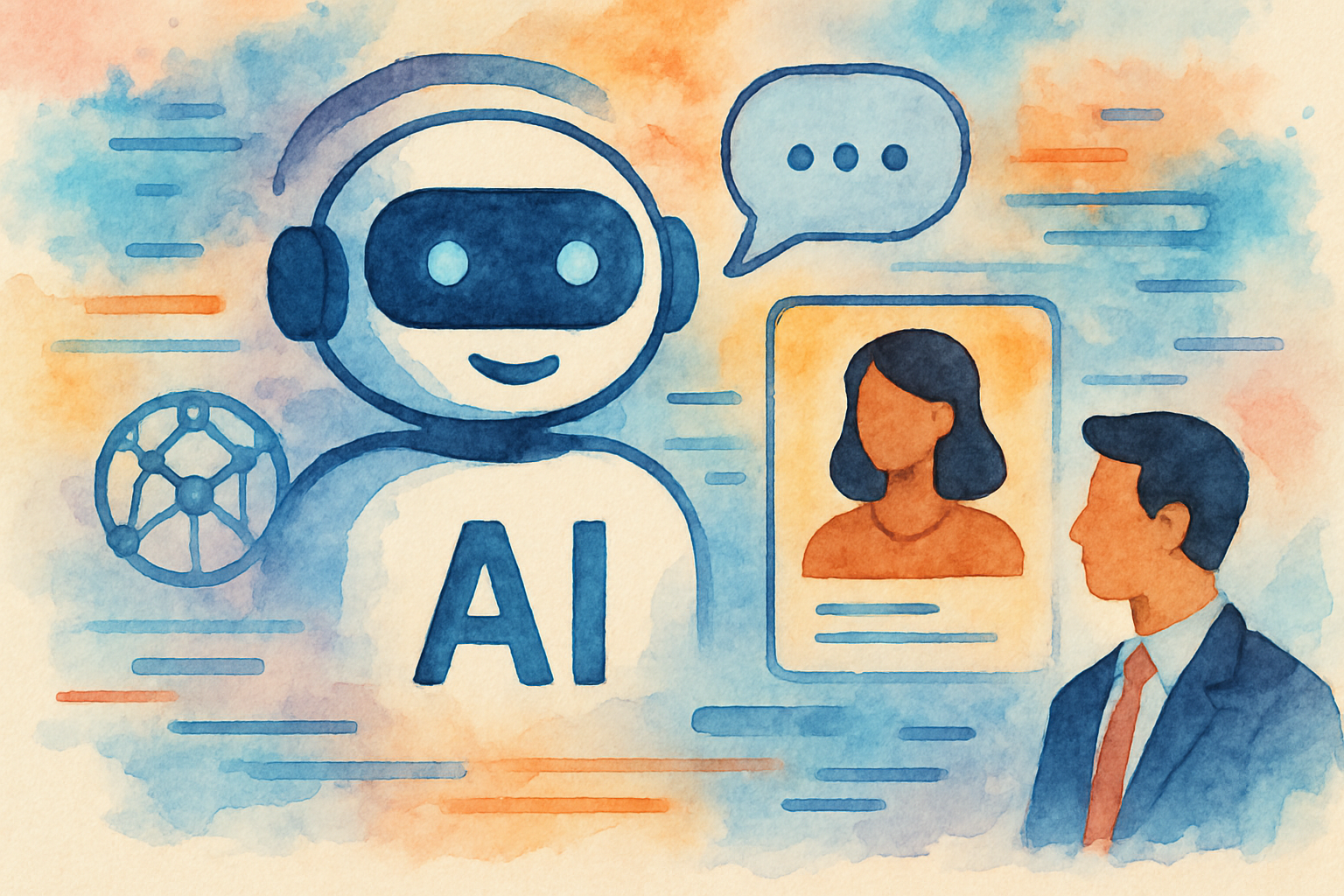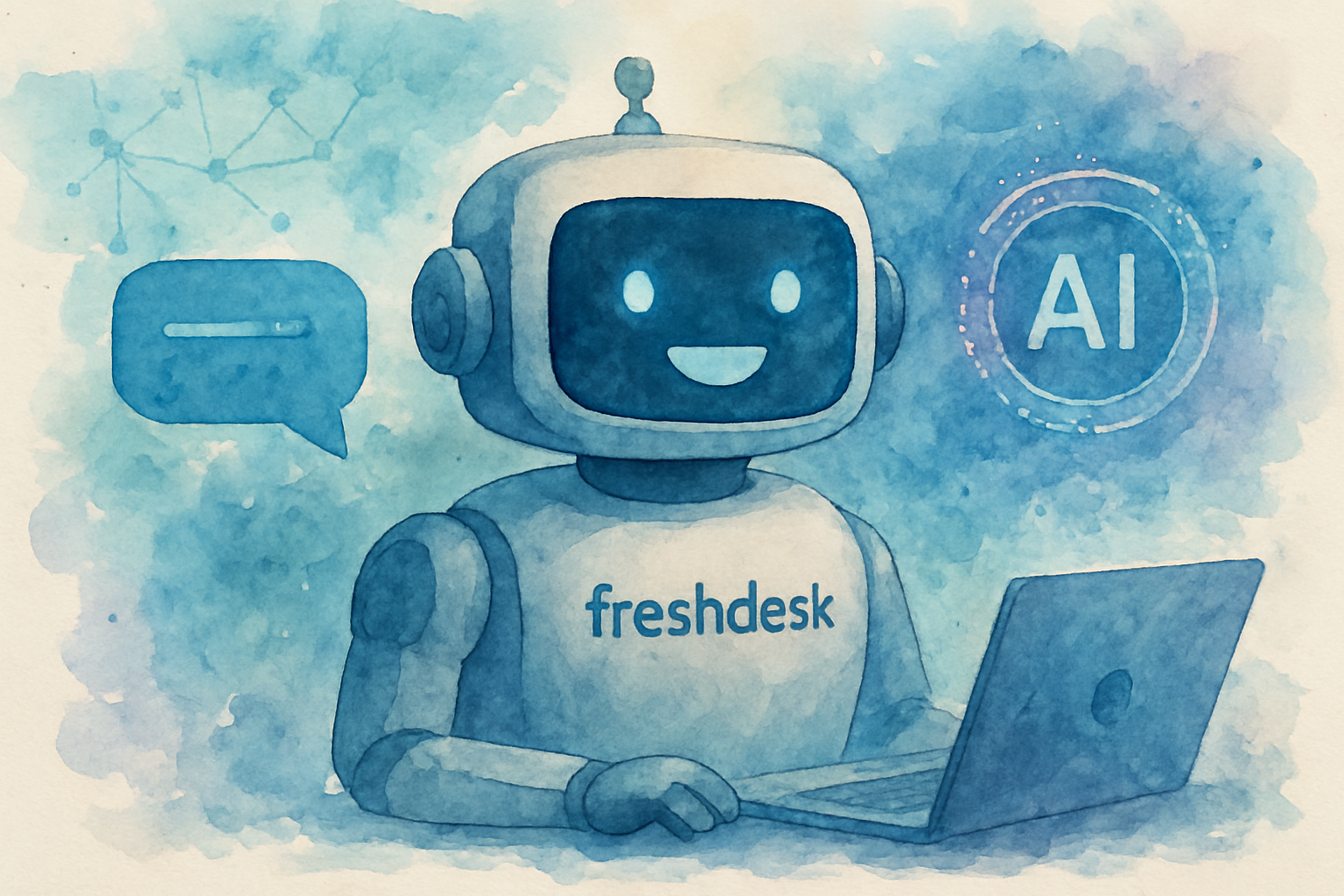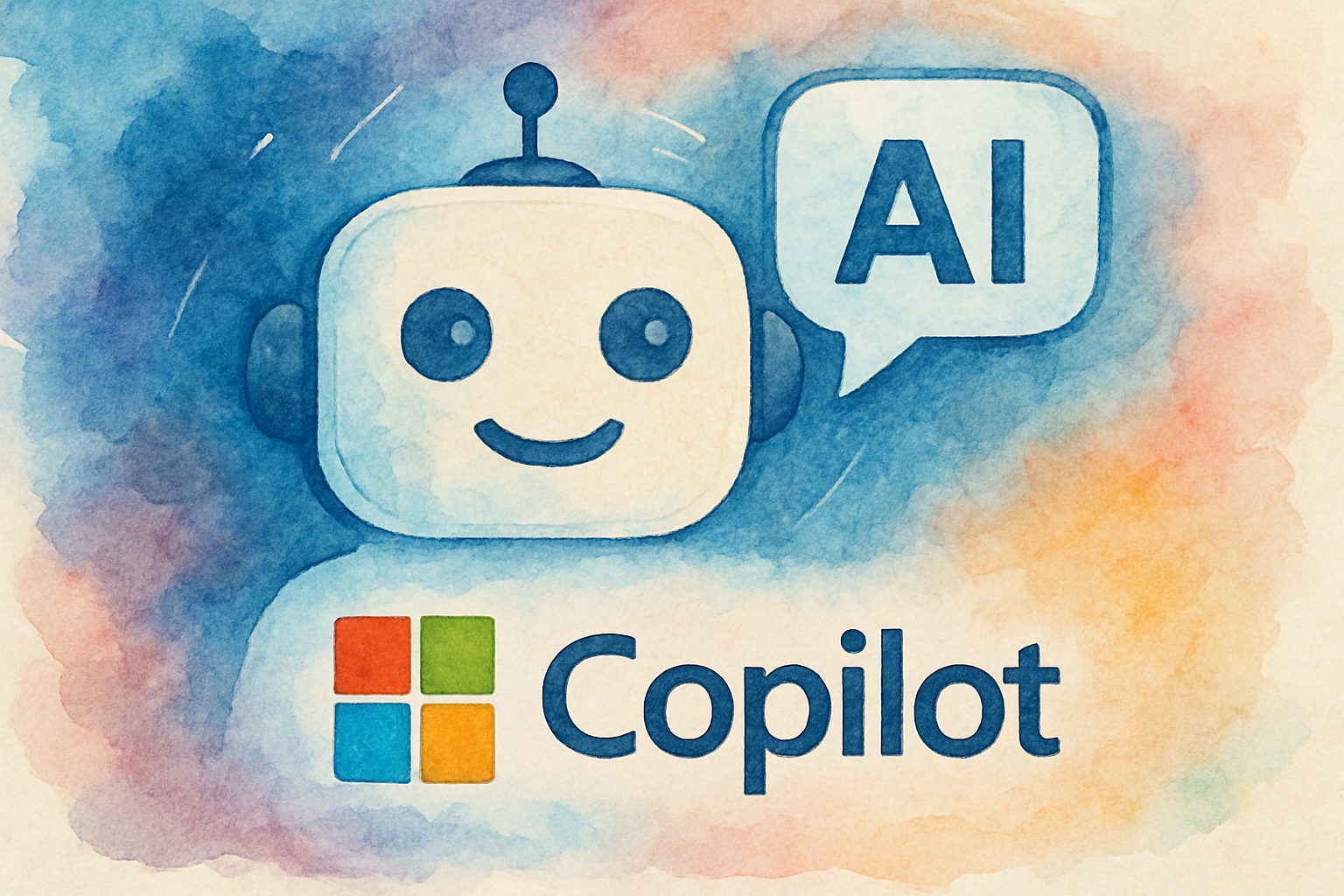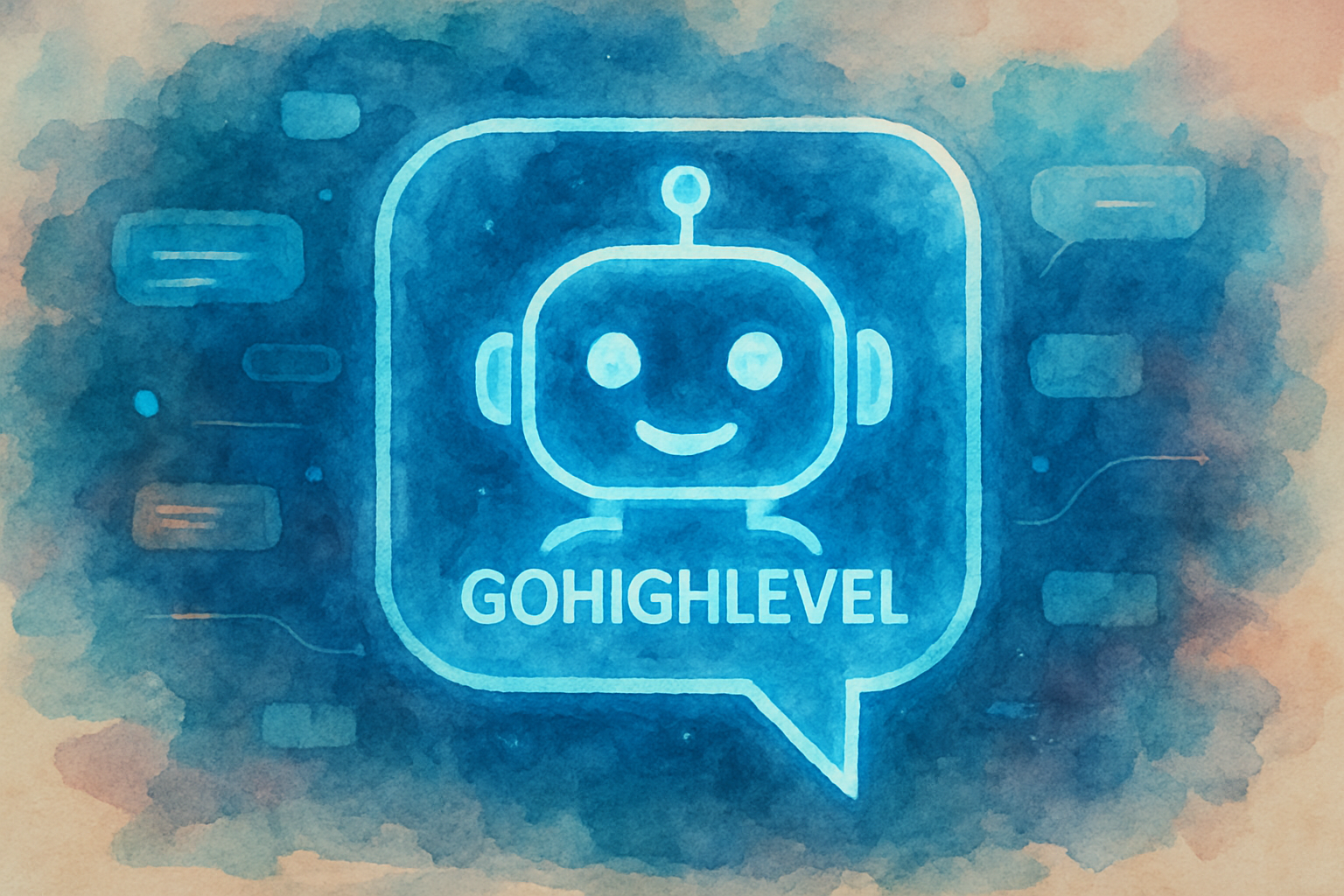AI Chatbot for Sales: Delivering 10X Smarter Engagement and Revenue Growth
In today’s fast-paced digital marketplace, businesses are constantly seeking innovative ways to stay ahead of the competition and drive sales growth. Enter AI chatbots for sales – a game-changing technology that’s revolutionizing the way companies interact with potential customers and close deals. These intelligent virtual assistants are not just a trend; they’re becoming an essential tool for businesses looking to streamline their sales processes, provide 24/7 customer support, and dramatically increase conversion rates.
In this comprehensive guide, we’ll explore how AI chatbots are transforming the sales landscape, the benefits they offer, and practical strategies for implementing them in your business. Whether you’re a small startup or a large enterprise, understanding and leveraging AI chatbots for sales could be the key to unlocking unprecedented growth and customer satisfaction.
1. Understanding AI Chatbots for Sales: A Game-Changing Technology
AI chatbots for sales are sophisticated software programs designed to simulate human-like conversations with potential customers. Unlike their rule-based predecessors, modern AI chatbots leverage machine learning and natural language processing to understand context, learn from interactions, and provide increasingly personalized responses over time.
The Evolution of Chatbots in Sales
The journey of chatbots from simple automated responders to intelligent sales assistants has been remarkable:
- Early 2000s: Basic rule-based chatbots emerged, offering limited, pre-programmed responses.
- 2010s: Advancements in AI and machine learning led to more sophisticated chatbots capable of understanding natural language.
- Present day: AI-powered chatbots can analyze customer data, predict needs, and even assist in closing sales.
Current Trends in AI Chatbot Technology
The adoption of AI chatbots for sales is skyrocketing. According to Grand View Research, the global chatbot market was projected to reach $1.25 billion by 2025 with a CAGR of 24.3%, and this growth trajectory has continued with the market now expected to reach $27.29 billion by 2030 (Source: Grand View Research). This growth is driven by the increasing demand for 24/7 customer support and the need for businesses to reduce operational costs while improving customer engagement.
2. The Benefits of Implementing AI Chatbots in Your Sales Strategy
Integrating AI chatbots into your sales process can yield numerous advantages, transforming how you interact with customers and close deals.
24/7 Availability and Instant Response
One of the most significant benefits of AI chatbots for sales is their ability to provide round-the-clock assistance. This constant availability ensures that potential customers can get information and support at any time, significantly reducing the risk of losing leads due to delayed responses.
Personalized Customer Interactions
AI chatbots can analyze customer data and previous interactions to deliver highly personalized experiences. This level of customization can significantly improve customer satisfaction and increase the likelihood of conversion.
Efficient Lead Qualification
By asking targeted questions and analyzing responses, AI chatbots can quickly qualify leads, ensuring that your sales team focuses their efforts on the most promising prospects.
Cost-Effective Scaling of Sales Operations
Implementing AI chatbots allows businesses to handle a higher volume of customer interactions without proportionally increasing staffing costs. This scalability is particularly beneficial for growing businesses or those with fluctuating demand.
3. Implementing AI Chatbots in Your Sales Process: A Step-by-Step Guide
Successfully integrating AI chatbots into your sales strategy requires careful planning and execution. Here’s a step-by-step guide to help you get started:
Step 1: Define Your Objectives
Before implementing an AI chatbot, clearly outline what you want to achieve. Are you looking to generate more leads, improve customer support, or streamline the sales process? Having clear objectives will guide your implementation strategy.
Step 2: Choose the Right Platform
Select a chatbot platform that aligns with your business needs and technical capabilities. Consider factors such as ease of integration, customization options, and scalability.
Step 3: Design Your Chatbot’s Conversation Flow
Create a conversational flow that guides potential customers through the sales funnel. This should include greeting messages, qualifying questions, product recommendations, and clear paths to human support when needed.
Step 4: Train Your AI Model
Feed your chatbot with relevant data, including FAQs, product information, and common customer inquiries. The more quality data you provide, the better your chatbot will perform.
Step 5: Integrate with Your Existing Systems
Ensure your AI chatbot integrates seamlessly with your CRM, email marketing tools, and other sales software to provide a cohesive experience for both customers and your sales team.
Step 6: Test and Refine
Before full deployment, thoroughly test your chatbot to identify and fix any issues. Continuously monitor its performance and gather user feedback to make ongoing improvements.
4. Overcoming Challenges in AI Chatbot Implementation
While AI chatbots offer numerous benefits, their implementation can come with challenges. Here’s how to address some common obstacles:
Maintaining a Human Touch
Challenge: Ensuring chatbot interactions don’t feel robotic or impersonal.
Solution: Incorporate natural language processing and sentiment analysis to make conversations more human-like. Also, provide clear options for users to connect with human agents when needed.
Handling Complex Queries
Challenge: AI chatbots may struggle with nuanced or complex customer inquiries.
Solution: Implement a robust fallback system that seamlessly transfers complex queries to human agents. Continuously update your chatbot’s knowledge base to handle a wider range of questions over time.
Data Privacy and Security Concerns
Challenge: Ensuring customer data collected through chatbot interactions is secure and compliant with regulations.
Solution: Choose a chatbot platform with strong security features and ensure your implementation adheres to data protection regulations like GDPR. Be transparent with users about data collection and usage.
Conclusion: Embracing the Future of Sales with AI Chatbots
AI chatbots for sales represent a powerful tool in the modern sales arsenal. By providing 24/7 availability, personalized interactions, and efficient lead qualification, they can significantly boost your sales performance and customer satisfaction. While implementing AI chatbots may come with challenges, the potential benefits far outweigh the initial hurdles.
As we move further into the digital age, businesses that embrace AI-powered sales technologies will be better positioned to meet customer expectations and stay ahead of the competition. By following the implementation guide and best practices outlined in this article, you can successfully integrate AI chatbots into your sales strategy and unlock new levels of growth and efficiency.
Ready to revolutionize your sales process with AI chatbots? Don’t navigate this exciting new territory alone. Contact The Crunch today to schedule a free consultation and discover how we can help you implement cutting-edge AI solutions tailored to your business needs. Get started now and take the first step towards transforming your sales strategy!
Frequently Asked Questions
Q1: How much does it cost to implement an AI chatbot for sales?
A: The cost of implementing an AI chatbot can vary widely depending on your specific needs and the complexity of the system. Basic chatbot solutions can start from a few hundred dollars per month, while more advanced, custom-built AI chatbots can cost tens of thousands of dollars. It’s best to consult with a professional service like The Crunch to get an accurate estimate based on your requirements.
Q2: Can AI chatbots completely replace human sales representatives?
A: While AI chatbots can handle many sales-related tasks efficiently, they are not intended to completely replace human sales representatives. Instead, they work best as a complement to human efforts, handling initial inquiries, qualifying leads, and providing support, allowing human sales reps to focus on more complex tasks and relationship-building.
Q3: How long does it take to see results from implementing an AI chatbot for sales?
A: The timeline for seeing results can vary, but many businesses start to see improvements in lead generation and customer engagement within the first few months of implementation. However, as the AI continues to learn and improve over time, you can expect to see increasingly better results in the long term.
Q4: Are AI chatbots suitable for all types of businesses?
A: While AI chatbots can benefit many types of businesses, they are particularly well-suited for companies with high volumes of customer inquiries, e-commerce businesses, and those with clearly defined product offerings. However, the key is to tailor the chatbot’s implementation to your specific business needs and customer expectations.
Q5: How can I measure the success of my AI chatbot implementation?
A: Key metrics to track include lead conversion rates, customer satisfaction scores, average handling time for inquiries, and the number of successfully resolved queries. Additionally, monitor the chatbot’s impact on your sales team’s efficiency and overall sales performance. Regular analysis of these metrics will help you continuously improve your chatbot’s effectiveness.



